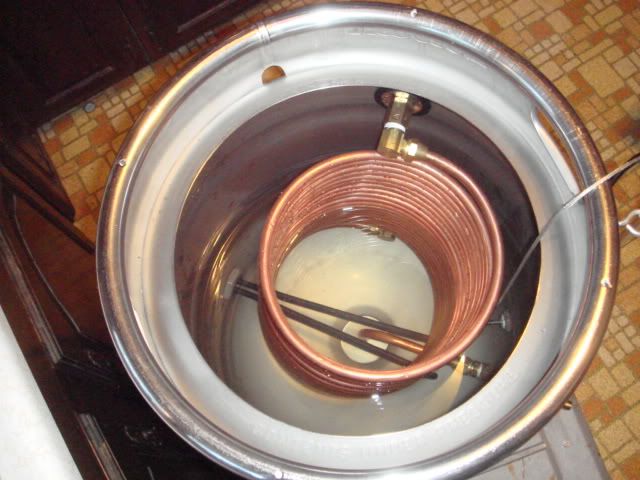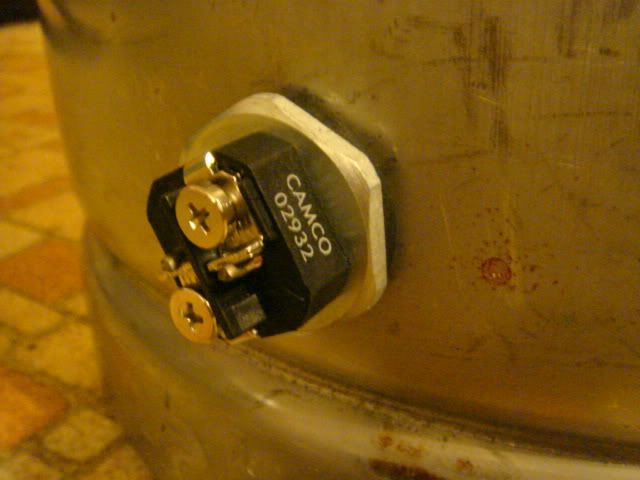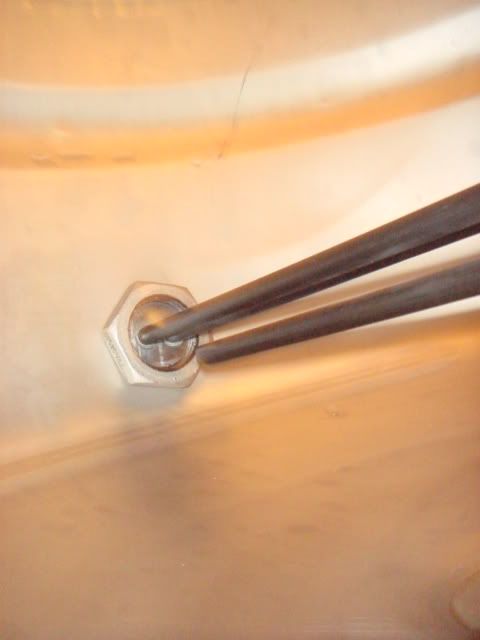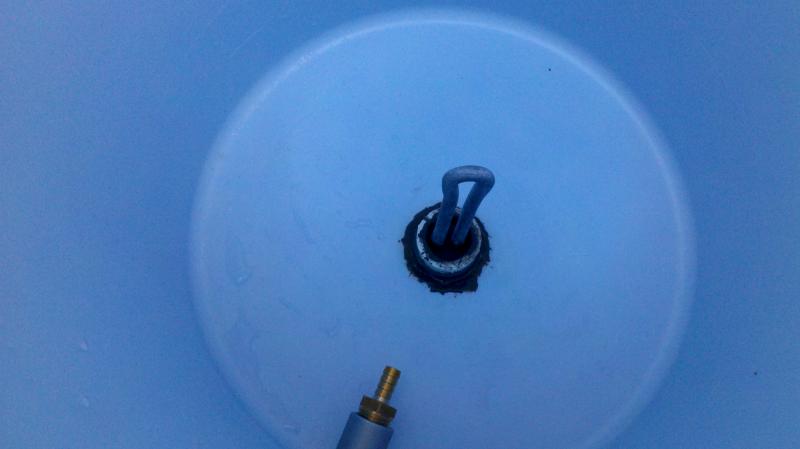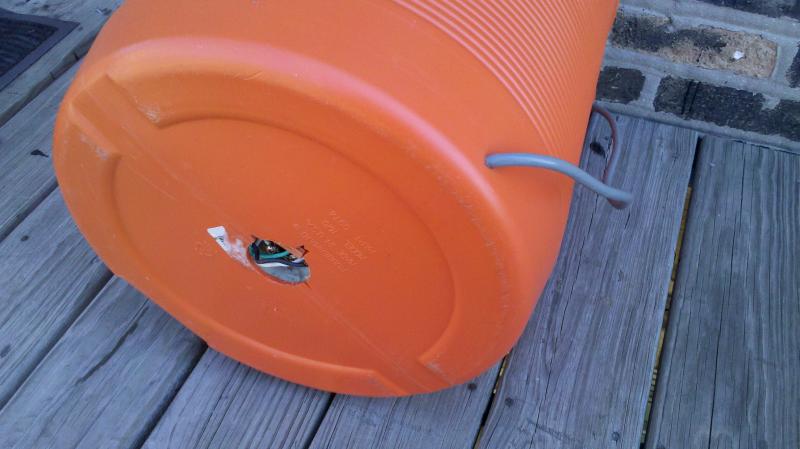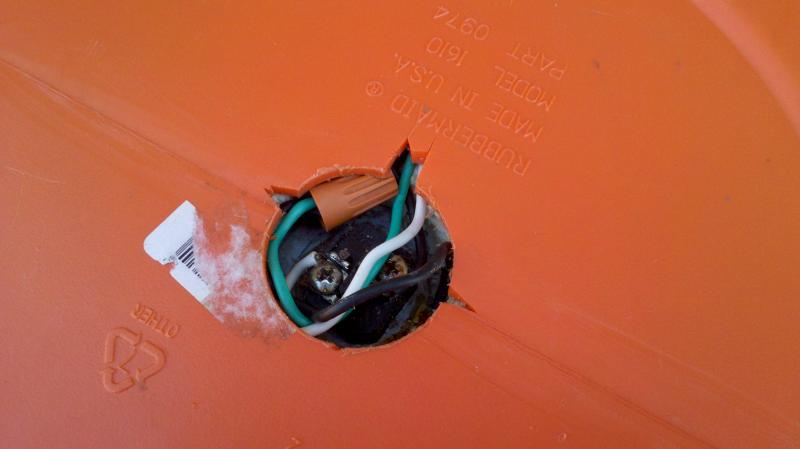promontory
Well-Known Member
So i am very open to opinions here, just trying to make a good choice jumping into all grain.
The way I understand it, I want to have my strike water a specific temperature, then I want my sparge water to also be a specific temperature. So I am looking at two methods, the first seems to be done alot, just using a keggle with a lid for my HTL. The second is where my question lies.
I can get an 60qt cooler for $30. Then if I were to drill two holes and install Hot water tank heating elements (stainless) I could potentially use a cooler for my HLT. The cooler with its lid would keep things a more static temperature. I have to run off 120 so I'll have to use lower wattage heating elements. Has anyone done this? I could build in a thermostat of some kind to keep the heating elements working at the right temps. Overall it just sounds like a potentially good call. Here are my questions about this but feel free to comment overall:
1st, would this work?
2nd, will there be any need to go over 180'? I don't know of one but that seems like an acceptible temp for the coolers.
3. IS this just a horrible idea?
4. I am not trying to cut corners, this actually just seems like a good way to keep temps solid.
Thanks so much for the help and thoughts. If I do go this way I will post pics for sure.
thanks
TJ
The way I understand it, I want to have my strike water a specific temperature, then I want my sparge water to also be a specific temperature. So I am looking at two methods, the first seems to be done alot, just using a keggle with a lid for my HTL. The second is where my question lies.
I can get an 60qt cooler for $30. Then if I were to drill two holes and install Hot water tank heating elements (stainless) I could potentially use a cooler for my HLT. The cooler with its lid would keep things a more static temperature. I have to run off 120 so I'll have to use lower wattage heating elements. Has anyone done this? I could build in a thermostat of some kind to keep the heating elements working at the right temps. Overall it just sounds like a potentially good call. Here are my questions about this but feel free to comment overall:
1st, would this work?
2nd, will there be any need to go over 180'? I don't know of one but that seems like an acceptible temp for the coolers.
3. IS this just a horrible idea?
4. I am not trying to cut corners, this actually just seems like a good way to keep temps solid.
Thanks so much for the help and thoughts. If I do go this way I will post pics for sure.
thanks
TJ


